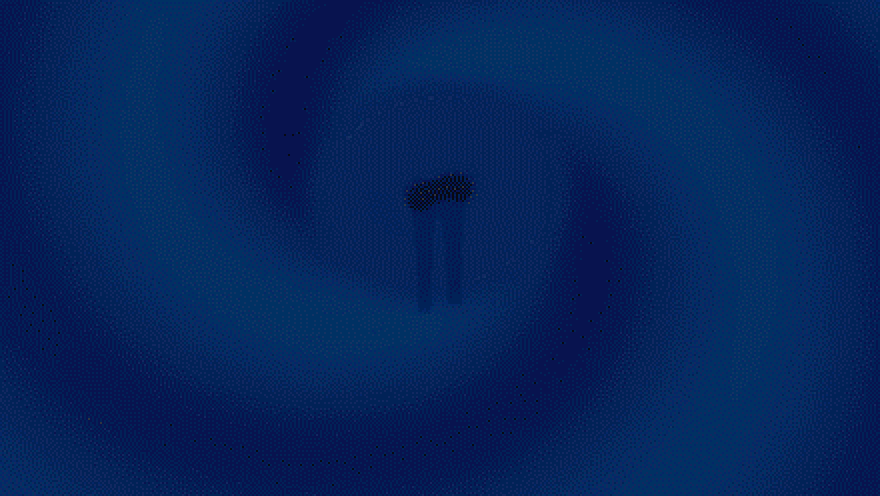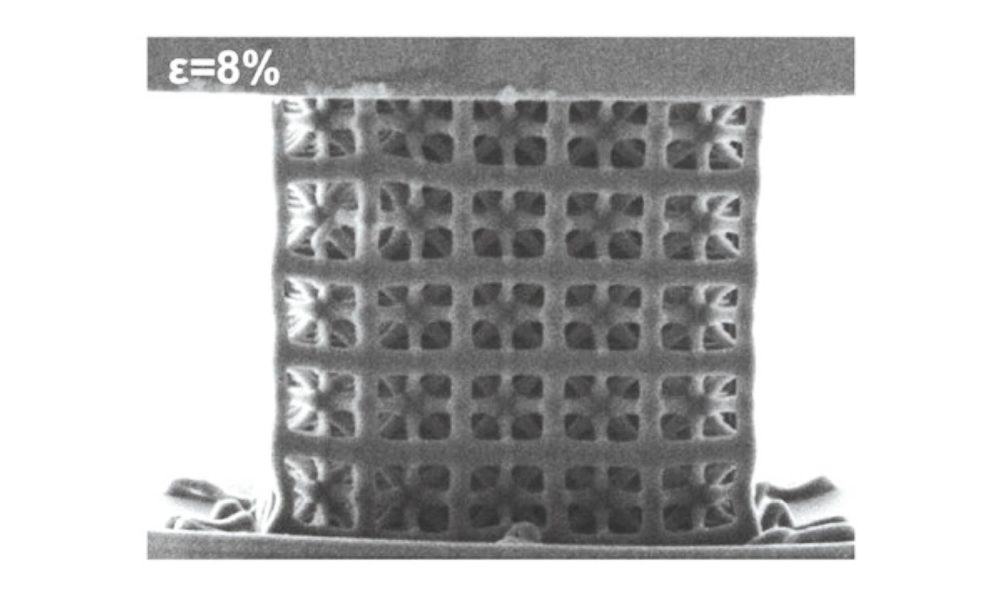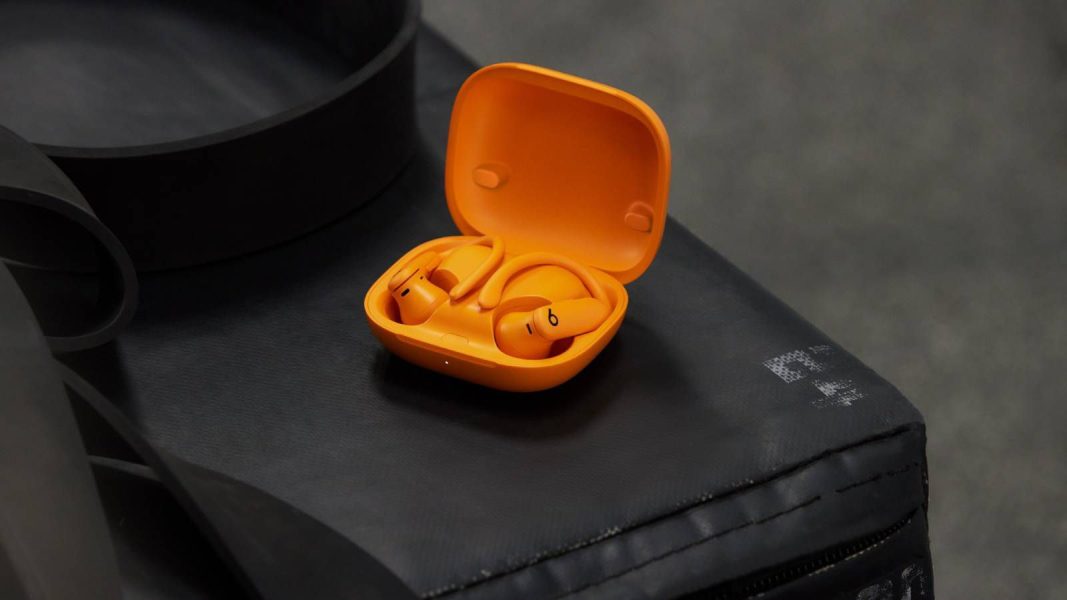Did LIGO just see its most important gravitational wave ever? – Big Think

It’s hard to believe, but here in 2025, we’re less than a full decade into the era of gravitational wave astronomy. It was only in September of 2015 that Advanced LIGO, humanity’s first gravitational wave observatory capable of detecting the realistic gravitational waves produced in the Universe, came online. Within days, the first astrophysical signal — from two merging black holes — was detected. In the subsequent decades, we’ve now seen hundreds of gravitational wave events: events that signify the merger of massive, compact objects like black holes and neutron stars. LIGO has also been joined by additional gravitational wave detectors, including the Virgo detector in Europe and the KAGRA detector in Japan. Combined, they enable us to not only detect gravitational waves, but to localize them in the sky.One gravitational wave event, in 2017, even came along with an electromagnetic counterpart: a gamma-ray burst that was detected just 1.7 seconds after the gravitational wave signal ceased. This turned out to be a kilonova, or the merger of two neutron stars, in a nearby galaxy located just 140 million light-years away. Seeing electromagnetic and gravitational wave signals from the same astrophysical event heralded a revolution in multi-messenger astronomy: the first time a gravitational wave event was seen to have a light signal accompanying it. On February 6, 2025, something unprecedented occurred: a gravitational wave signal that was accompanied by the arrival of particles: neutrinos, in this case.This could turn out to be the most important gravitational wave event ever seen. Here’s the science behind what’s still unfolding.The idea of multi-messenger astronomy has been around for a long time, and is based around three disparate ways of viewing the Universe.It wasn’t even gravitational wave astronomy that brought us into the era of multi-messenger astronomy; instead, it was a supernova in a nearby galaxy, way back in 1987, that started it all.That event, known as supernova 1987A, was a core-collapse supernova that, as far as we know, was our Local Group’s only supernova of the entire 20th century, coming from a galaxy just 165,000 light-years away: the Large Magellanic Cloud. Remarkably, it wasn’t the light that arrived first: it was a deluge of neutrinos, produced over the span of mere seconds in the collapsing star’s core, that poured out across the Universe, with a couple of dozen neutrinos arriving in the instruments we had which were capable of detecting them at the time. Hours later, the first light signals from the supernova began arriving, leaving signatures that are still observable even today, nearly 40 years on.In all the time since, there hasn’t yet been another supernova within our Local Group, prohibiting us from observing such a serendipitous event again. However, a new class of scientific instruments — gravitational wave detectors — have come online in that time. In particular, the ground-based system of detectors that we have today, most prominently (and most sensitively) including the twin LIGO interferometers in Hanford, WA and Livingston, LA, have become sensitive to the inspiral, merger, and ringdown of low-mass, co-orbiting, binary compact objects. This means that we can now detect the mergers ofsystems, specifically, particularly if the masses of the two components are relatively close to one another and below about 100 solar masses apiece.The LIGO detectors, in many ways, are the crown jewel of ground-based gravitational wave detectors, and one of the most successful National Science Foundation facilities and programs ever. Since they began searching for gravitational waves, they’ve been upgraded and had their sensitivity improved several times, developing and leveraging novel quantum technologies along the way. From 2015 through 2017, only about ten gravitational wave events were seen; since LIGO began its fourth (and current) data run in May of 2023 — including a four month pause from January through April of 2024 — it’s seen a total of 193 high-significance detection candidates, as of February 10, 2025.Most of the gravitational wave events that LIGO (and the other gravitational wave detectors, Virgo and KAGRA) sees are binary black holes: corpses of large, high-mass stars that still orbit one another, slowly radiating their orbital energy away in the form of gravitational waves. When those orbits get tight, close, and fast enough, they fall into the detection range of these observatories: with large enough amplitudes and fast enough frequencies to be detected. We can detect higher-mass objects that are engaging in this gravitational dance from farther away, but the lower-mass ones can only be seen if they’re close by, as the amplitude of the gravitational wave signal is mass-dependent.On August 17, 2017, an incredible multi-messenger event occurred, setting the standard for all future multi-messenger observations that would involve gravitational waves. Just 140 million light-years away, two compact objects — later determined to be a binary neutron star system — were caught inspiraling in the right frequency range, and did exactly what they were predicted to do:This, alone, would have been monumental, as it would have represented the lowest-mass, closest gravitational wave signal ever seen, and marked the first time we saw neutron stars merging together in gravitational waves.But it wasn’t alone at all. Just 1.7 seconds after the gravitational wave signal ended, a completely different observatory, NASA’s Fermi satellite, observed a gamma-ray signature coming from galaxy NGC 4993: overlapping with the same location that the gravitational wave signal was observed to arrive from. Follow-up observations from dozens of observatories, on the ground and in space both, allowed astronomers to put all the pieces together: this event was a kilonova, a neutron star merger, a gamma-ray burst, and a site where the copious production of the heaviest elements of all were produced.From just this one multi-messenger event, we were able to learn so much about the Universe that we never knew before. And yet, despite the upgrades to our gravitational wave detectors, despite the fact that we’re now closing in on 300 confirmed gravitational wave detections, and despite the fact that observationally, gravitational wave astronomy is nearly a decade-old as far as science goes, there have been no other multi-messenger gravitational wave events ever since.Sure, we’ve seen other neutron star-neutron star mergers in gravitational waves, but their combined masses (and their distances) are all significantly greater than the 2017 event. Perhaps we were just too far away to see the electromagnetic counterparts produced by them, or perhaps there was no kilonova associated with them, as they collapsed directly to a black hole instead of forming a neutron star remnant temporarily.We’ve seen neutron star-black hole mergers as well, but none of them have ever produced an electromagnetic or particle-based counterpart as well. Perhaps they went directly to a black hole as well, failing to produce any sort of signal that a light-based or particle-based detector could ever hope to see.But there are tantalizing possibilities for the ultimate goal of multi-messenger astronomy: a “trifecta” event. It’s possible that, with good enough observatories and a serendipitous enough (i.e., sufficiently close) event of relevance, we could detect an event that produced:all at once. This could come from a number of possible astrophysical sources, with some of the most promising candidates being:In addition to needing a set of gravitational wave detectors and an array of telescopes across a wide wavelength range, we also need a sufficiently large and sensitive particle detector. Since neutrinos are copiously produced in kilonovae, supernovae, and tidal disruption events, travel at speeds indistinguishable from the speed of light, and are only very rarely absorbed (or even affected) by intervening matter at all.That’s where the IceCube neutrino observatory — another of the crowning achievements of National Science Foundation ground-based science — comes into play. IceCube, if it had been active in 1987, wouldn’t have detected just a couple of dozen neutrinos from SN 1987A, but would have captured millions (and perhaps even tens of millions) of them. IceCube has detected the farthest extragalactic neutrino signal ever found: from 47 million light-years away. And, if we were fortunate enough to have a close enough supernova, kilonova, or tidal disruption event, IceCube could detect neutrinos (or antineutrinos) produced in those events as well.With LIGO, IceCube, and our array of ground-based and space-based telescopes (i.e., instruments sensitive to electromagnetic signals), all we have to do to detect our first “trifecta” multi-messenger signal is to get lucky, and have such an event occur when these facilities are all simultaneously operational.Which brings us to the present, or more accurately, to February 6, 2025. On that date, a gravitational wave event of high significance was detected: an event that definitely contains a neutron star and that either represents a neutron star-neutron star or neutron star-black hole merger, with a combined mass that’s on the relatively low end: no more than five solar masses and possibly as low (or lower than) three solar masses.And then, only about an hour after that event was automatically reported, complete with sky-localization coordinates, the IceCube Collaboration issued a follow-up alert of their own. They searched for any possible neutrino signatures occurring within 1000 seconds (about 17 minutes) of the gravitational wave event, that were also consistent with the possible locations of the source from gravitational wave observations. A coincidence in space and in time would be very promising, especially considering the estimated distance to this event, from gravitational waves, is fairly large: at about ~1.1 ± 0.3 billion light-years.Lo and behold, there were two candidates, one of which is an outstanding match: occurring less than five minutes after the gravitational wave event finished.This would be the first multi-messenger event involving gravitational waves and particles, if confirmed, but is there also some sort of afterglow, or an electromagnetic signal of any type?While very little has been made public about follow-up attempts, there is a hint that something spectacular may be afoot: the Canadian Hydrogen Intensity Mapping Experiment (CHIME) radio telescope detected, coincident in time (but maybe not in space) with the gravitational wave event, a fast radio burst event as well.If there turns out to be an afterglow, or any type of remnant to observe at any wavelength of light, associated with the gravitational wave and neutrino signatures of the event that’s presently called S250206dm, this will mark the greatest gravitational wave detection in history: our first trifecta event in the history of multi-messenger astronomy. It’s worth keeping in mind, however, that the scientists working on this are being slow and careful, and are taking the time they need to get the science right and collect the full suite of relevant data. Only after there’s a completed analysis will we know for sure what happened during this event, and just what its cosmic implications are.It’s also worth highlighting that at the same time that American scientists are advocating for superior, next-generation facilities to lead the way, globally, in science:there are threats coming to slash National Science Foundation funding. This would not only kill the dream of potentially all of these scientific endeavors, but could lead to the unnecessary and premature shuttering of the very facilities that are enabling the current detection of these incredible cosmic events.We may have just witnessed what will become the most important gravitational wave event of all-time. In just a few short months, with the relevant data in hand, the scientists working to detect gravitational waves, particles, and electromagnetic signals from this event will put the pieces together, telling us all what it truly means for us and our place in the cosmos.
Source: https://bigthink.com/starts-with-a-bang/ligo-most-important-gravitational-wave-ever/






